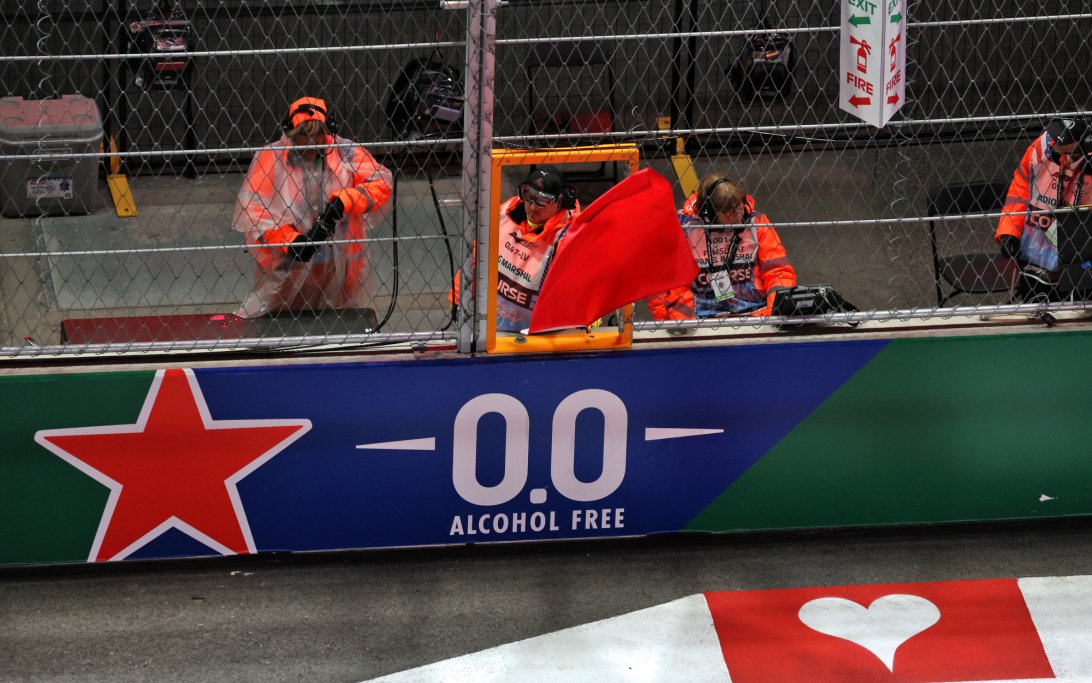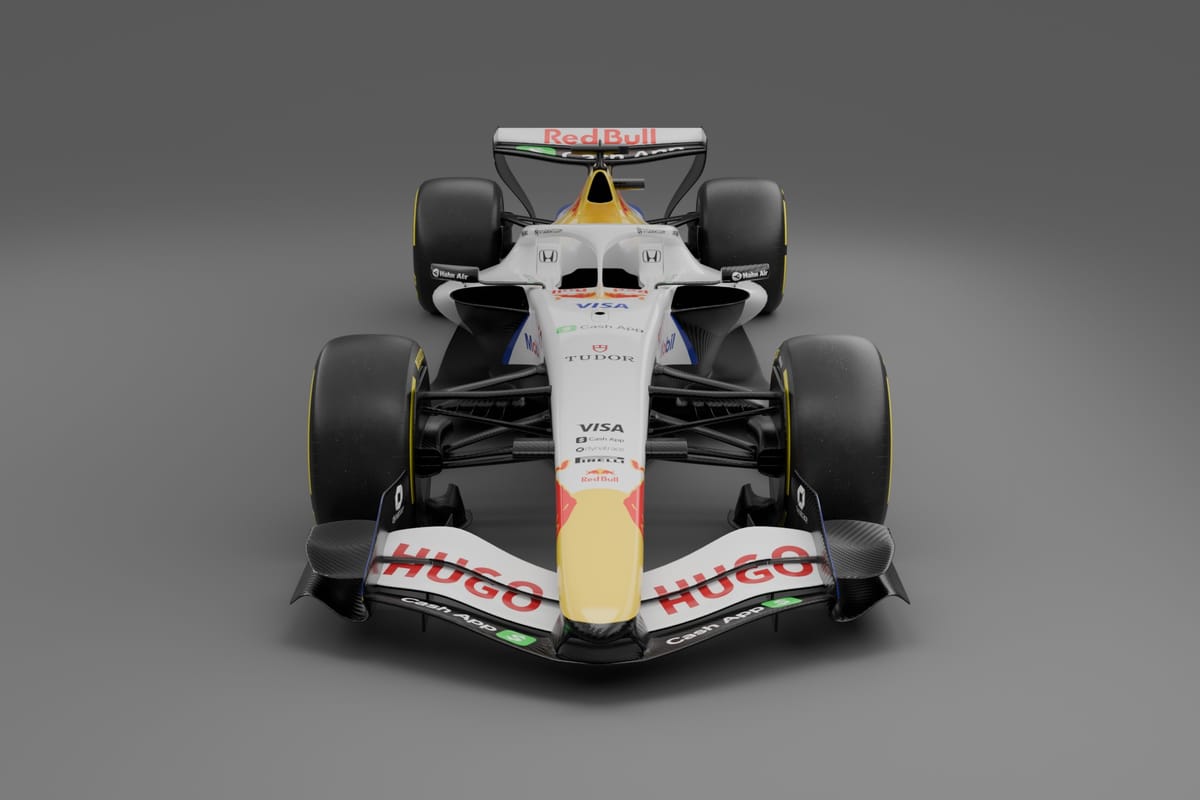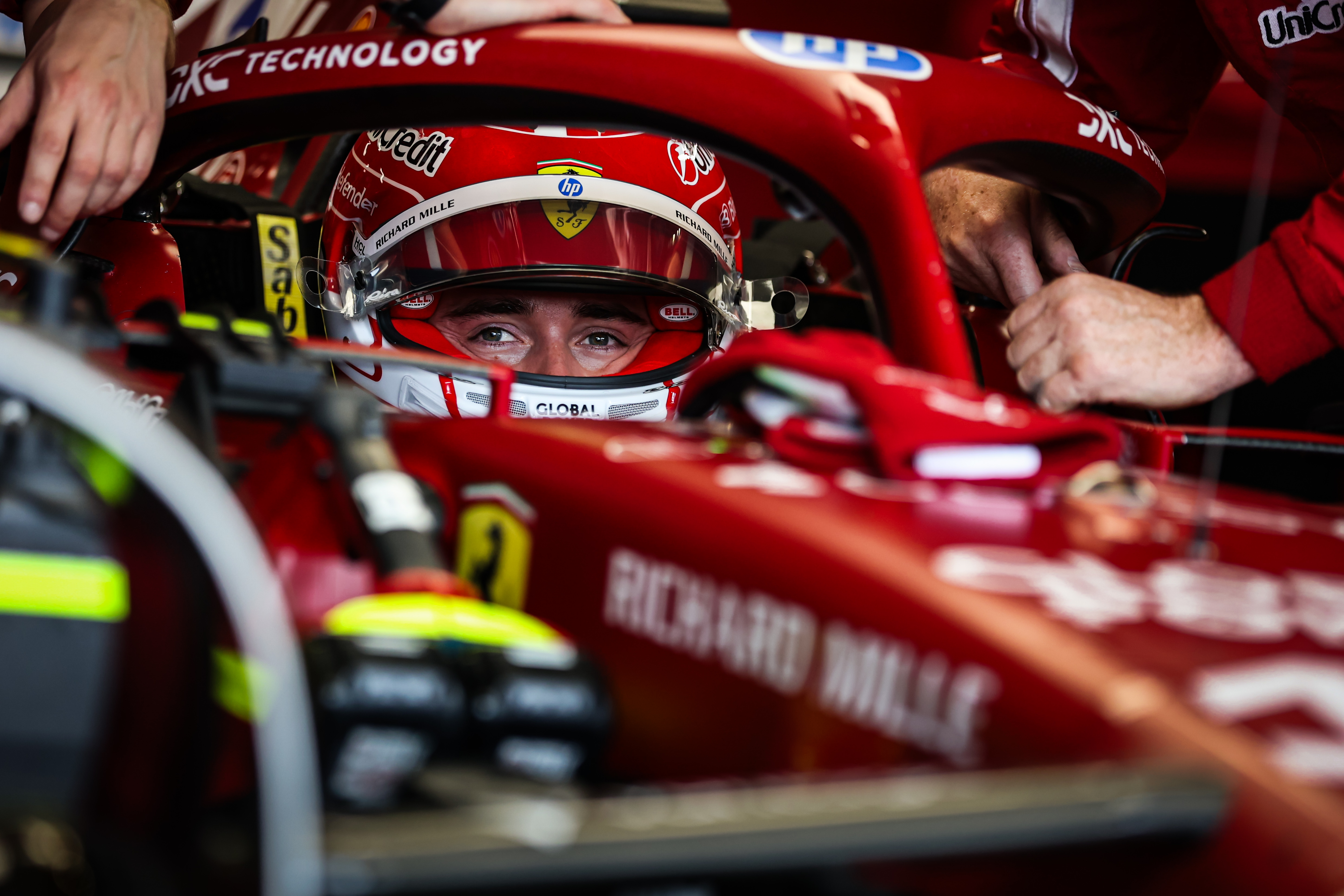
F1 2026 Regulations: Teams Brace for Unprecedented Challenges and Racing Dynamics
Formula 1 team representatives from Mercedes, Red Bull Racing, and Aston Martin, alongside the FIA’s Nikolas Tombazis, convened at the Las Vegas Grand Prix to discuss the monumental changes awaiting the sport with the 2026 regulations. With only ten weeks until initial testing begins, the consensus is clear: a complete overhaul is on the horizon, promising a dramatically different era for Formula 1, marked by new engines, chassis, aerodynamics, and sustainable fuels.
Why it matters:
The 2026 regulations represent the most significant rule change in F1 history, impacting every aspect of car design and race strategy. This comprehensive reset is designed to promote closer racing, increase sustainability, and potentially shake up the competitive order, making it a pivotal moment for teams to gain an early advantage or risk falling behind.
The details:
- Total Overhaul: Teams face a complete revamp, with no carryover parts from current cars except for potentially the steering wheel quick disconnect. This includes entirely new Power Units (PUs), chassis, aerodynamic configurations, and tires.
- Sustainable Fuels: For the first time, F1 cars will run on 100% sustainable fuels, a key component of the sport's environmental initiative.
- New PU and Chassis: The PUs will feature subtle ICE changes alongside the new hybrid system, while chassis design must meet challenging weight limits and new safety requirements.
- Active Aerodynamics: A significant shift involves active front and rear wings, allowing drivers to adjust aero dynamically during laps to aid overtaking and efficiency, replacing the traditional DRS system.
- Energy Management: Drivers will utilize energy deployment as a primary tool for overtaking, adding a new layer of strategic complexity to races.
- Lap Times: Initial simulations suggest lap times will be approximately one to two seconds slower than current cars, track-dependent, but far from Formula 2 pace.
- Tyre Uncertainty: Pirelli's final tire specifications remain somewhat unknown, adding another variable to car performance and setup.
- Team Building Challenges: New entrants like Cadillac face the immense challenge of building a team and car from scratch amidst these radical changes.
Between the lines:
The FIA acknowledges that the current regulations, while improving racing initially, led to unintended consequences like cars running too low and stiff, causing physical discomfort for drivers. The 2026 aero regulations aim to mitigate this by favoring slightly higher ride heights and softer setups, which should improve driver comfort and mechanical grip. The introduction of active aerodynamics is also a direct response to making cars more efficient and less drag-dependent on straights, a long-standing point of contention for engineers.
What's next:
The intense development race for 2026 is already in full swing, with teams grappling with resource allocation under budget caps while simultaneously competing in the current season. The pre-season testing will be crucial for understanding the new cars' dynamics and establishing an early pecking order. However, the complexity of the new regulations, especially concerning energy management and active aero, means the true competitive landscape may not stabilize until several races into the 2026 season. The shift to a PU cost cap is also expected to resolve the current ambiguities around engine changes for strategic vs. reliability reasons, making such decisions inherently more costly for manufacturers.
Original Article :https://www.fia.com/news/f1-2025-las-vegas-grand-prix-thursday-press-conference-...








